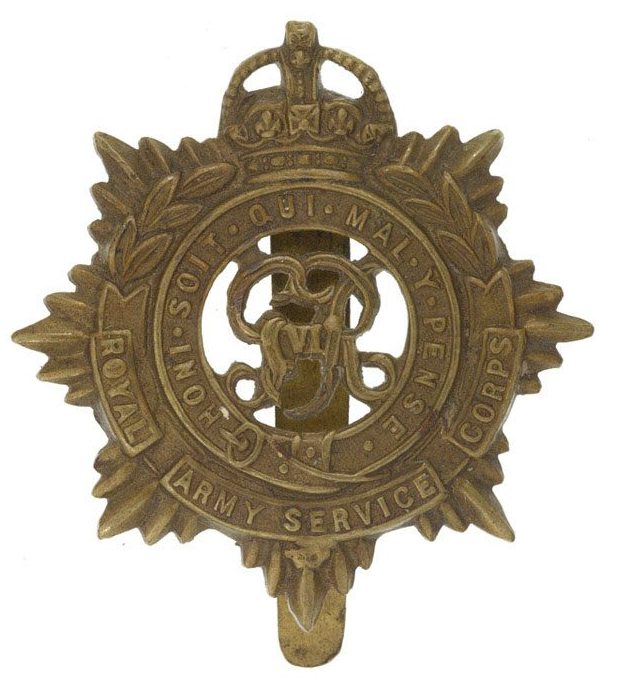Personal Details
Born: 24 April 1887 in Whitchurch, Shropshire.
Family: He was the sixth of nine children born to George Oakley, an iron moulder and his wife Mary. He married Ellen C Holmes in 1911 in Leominster, Herefordshire. The couple had one son, Edward John, born in 1916.
Residence: In 1891 his family were living in Bark Hill, Whitchurch, Shropshire. Ten years later they had moved to Dodington, Whitchurch. In 1911 he was a boarder at 9 Shaftesbury Terrace, Victoria Avenue, Wellington, Shropshire. An address of 39 Cannon Street, Shrewsbury was given for him on his pension record card. By 1939 he and his family were living at “Sharrow”, Bowbrook, Shrewsbury. This continued to be his home until his death in 1950.
Employment: In 1911 he was an ironmonger`s assistant. His occupation stated on his military records was a traveller. In 1939 he was an agricultural engineer.
Died: 15 January 1950, aged 62 in Shrewsbury, Shropshire.
Military Details
Regiment: Royal Army Service Corps (previously Loyal North Lancashire Regiment)
Rank: Acting Sergeant
Service Number: 381477 (previously 34333)
Date of Enlistment: 27 November 1915
Date of Discharge: 17 June 1919
Reason for Discharge: Not Known
George was awarded the Campaign Medals (British war medal and Victory medal)

The British War Medal (also known as 'Squeak') was a silver or bronze medal awarded to officers and men of the British and Imperial Forces who either entered a theatre of war or entered service overseas between 5th August 1914 and 11th November 1918 inclusive. This was later extended to services in Russia, Siberia and some other areas in 1919 and 1920. Approximately 6.5 million British War Medals were issued. Approximately 6.4 million of these were the silver versions of this medal. Around 110,000 of a bronze version were issued mainly to Chinese, Maltese and Indian Labour Corps. The front (obv or obverse) of the medal depicts the head of George V. The recipient's service number, rank, name and unit was impressed on the rim.
The Allied Victory Medal (also known as 'Wilfred') was issued by each of the allies. It was decided that each of the allies should each issue their own bronze victory medal with a similar design, similar equivalent wording and identical ribbon. The British medal was designed by W. McMillan. The front depicts a winged classical figure representing victory. Approximately 5.7 million victory medals were issued. Interestingly, eligibility for this medal was more restrictive and not everyone who received the British War Medal ('Squeak') also received the Victory Medal ('Wilfred'). However, in general, all recipients of 'Wilfred' also received 'Squeak' and all recipients of The 1914 Star or The 1914/1915 Star (also known as 'Pip') also received both 'Squeak' and 'Wilfred'. The recipient's service number, rank, name and unit was impressed on the rim.

